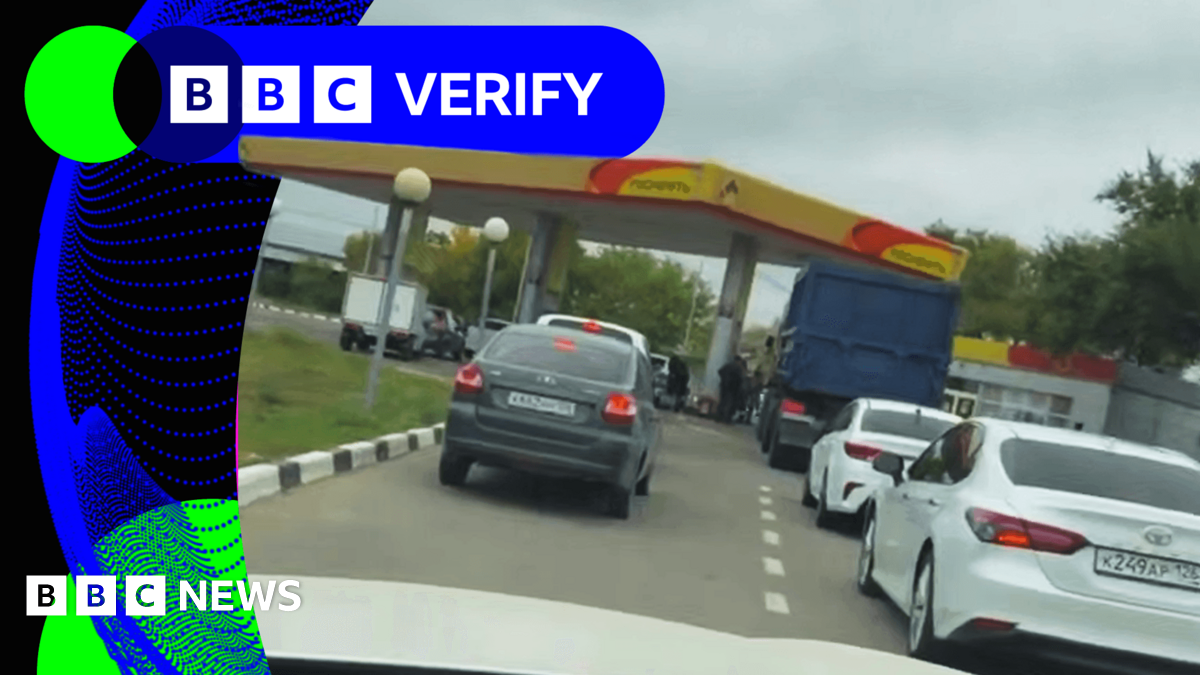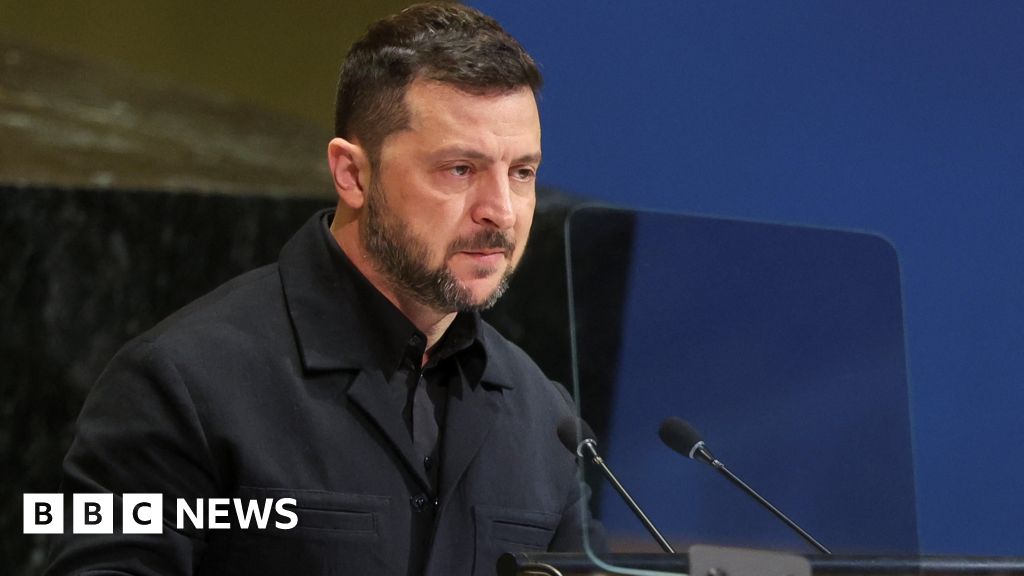EU Weighs Using €140B Frozen Russian Assets to Back Ukraine

Introduction
The European Union is considering a significant proposal to utilize frozen Russian assets to support Ukraine. This move involves using substantial financial resources, estimated at €140 billion, currently held in Belgium, to aid Kyiv in its ongoing conflict with Russia.
Key Details
The proposal is part of broader efforts to address Ukraine's financial needs amidst the war. The EU has been exploring various legal and political strategies to use these assets without violating international law. Different EU member states have varying opinions on the matter, with some advocating for immediate confiscation and others cautioning against it due to potential legal repercussions.
Impact
The decision could have profound implications for Ukraine's defense and reconstruction efforts. However, it also risks straining diplomatic relations with Russia, which has warned of potential retaliation. The EU must navigate these complexities to ensure a viable solution that supports Ukraine without escalating tensions further.
About the Organizations Mentioned
European Union
The European Union (EU) is a unique economic and political partnership between 27 European countries, aiming to promote peace, stability, and economic cooperation. Established in 1993, the EU has evolved significantly since its inception, with key milestones including the introduction of the euro currency in 1999 and the expansion to include 27 member states. **History and Key Achievements:** - **Founding:** The EU's origins trace back to the European Coal and Steel Community (ECSC) in 1951, which evolved into the European Economic Community (EEC) in 1957. Over time, it expanded into the European Union with the Maastricht Treaty in 1992. - **Economic Integration:** The EU has fostered economic integration through the Single Market, allowing free movement of goods, services, and people among member states. - **Common Currency:** The euro, introduced in 1999, is used by 20 of the 27 member states, promoting economic stability and facilitating trade. **Current Status:** - **Challenges:** The EU faces ongoing challenges, including climate change, migration, and geopolitical tensions, particularly with Russia's aggression in Ukraine. - **Economic Outlook:** Euro area growth is forecast to remain weak in 2025, with GDP projected to expand by less than 1%[8]. - **Innovative Initiatives:** The EU is actively working on enhancing its technological and economic competitiveness, with initiatives like the Clean Industrial Deal and the Competitiveness Compass[4]. **Notable Aspects:** - **State of the Union Address:** The annual State of the Union address by the European Commission President outlines key priorities and initiatives for the year ahead, such as Ursula von der Leyen's 2025 address focusing on security, Ukraine support, and climate action[1][5]. - **Global Influence:** The EU is a significant player in global affairs, with initiatives like the Global Gateway aimed at sustainable development








